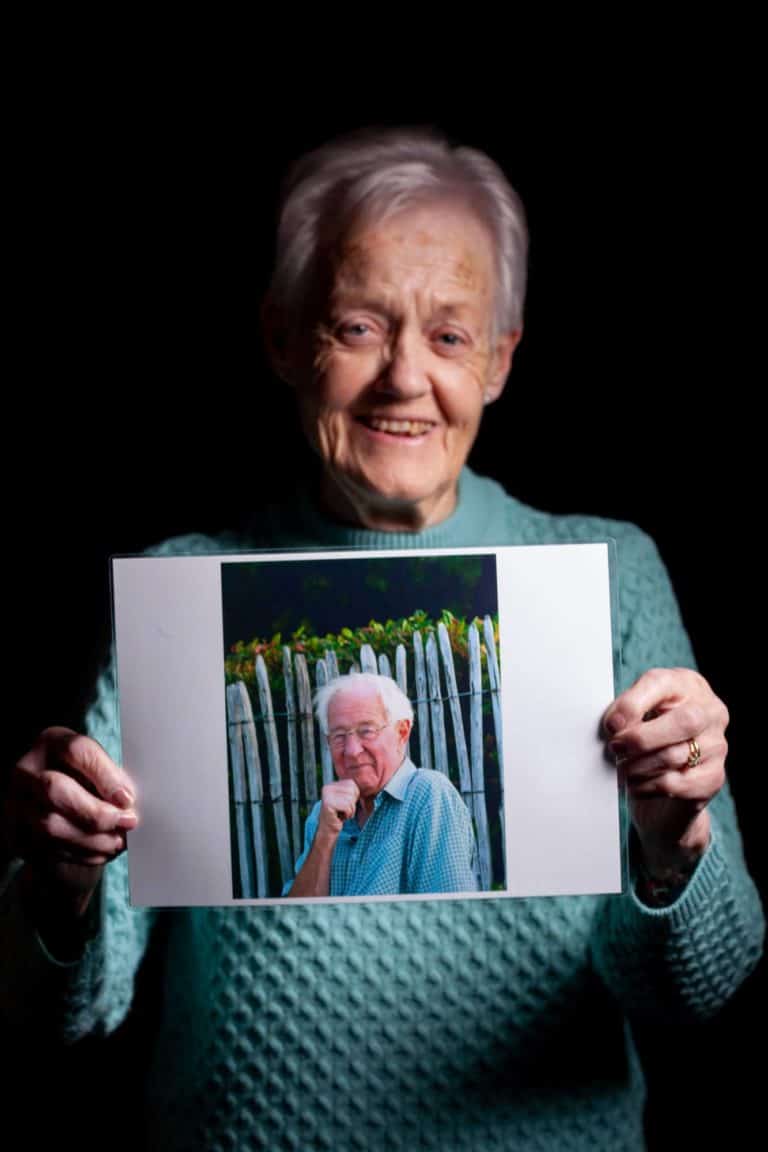Donald Young on Boatbuilding
Lisa: Can you tell me about the process of building a boat?
All our boats that me and my father and well my son helped a little bit while he was looking for work were called ‘moulded’ which means you make a mould of the complete boat and then you lay the keel or the hog, that’s the inside part of the keel, up the middle of the mould and you plank it with thin veneer on a diagonal way on each side of the hog or keel.
It’s called a hog when it’s inside the boat but it’s called a keel when it’s outside the boat and so you put … and of course each plank being as you’ve got the shape of the boat, each plank has to be shaped individually to fit.
There’s two ways of doing it. You can either put every other plank on and then fill in between, or you put the first plank on and then fit the next one up against it which I always though was easier than trying to fill in a gap where you had to fit both sides and of course it’s not so easy as people think because you’ve got the shape of the boat and as you push the plank down over the boat, so the end bit will either shoot one way or the other, so you’ve got to allow for that when you’re fitting the top bit, so it sounds simple to just lay these thin planks diagonally.
It’s the fitting oh the ones against the previous ones that are the trouble.
If you didn’t have to do that you could go … it would be like laying wall paper wouldn’t it (laughs). That’s all there is to that (laughs).
Lisa So, you would build up the layers then, the skins as you called them?
Donald Yeah, there’d be at least three and it’s better if there’s four. Of course, it makes it heavier too. Depends whether you want a light boat or a heavier boat.
If you’re trying to do a light boat, you’d make do with three skins, but of course it isn’t so strong. It’s like plywood. If you have plywood that’s only got three skins, it’s not as strong as plywood with four or five skins.
Lisa Where did the wood come from and what type of wood was it?
Oh it’s mostly afromosia I think they used to call it and it comes from Africa somewhere or South America and its usually nice clear wood.
You don’t have great knots in it and it’s especially selected to make into thin planks ‘cos if you tried to make oak into thin planks, it would be very difficult because it would splinter out a lot and although there are some oaks that are straight grained, they are very few and far between.
Lisa And who was your supplier of the timber then? Where did you buy it from?
Donald Well, when we started up we used to buy it all from Morey’s. This was back when we started which was towards the end of the War, 1946. Then we soon found that we could buy it from the people that supplied Morey’s quicker and a lot cheaper than what we could buy it through Morey’s, so we used to try two or three firms.
I can’t remember any exact one, but the ply, we used to use quite a bit of ply and the best ply that was available then was Dutch ply which was … I can’t remember the name of that either now, but it was made in Holland and they had a Depot up Essex way. I can’t remember the name of the town. They used to ship it over there and we used to go up when we was getting ready to do a boat or two ‘cos we did 12 a year sometimes.







